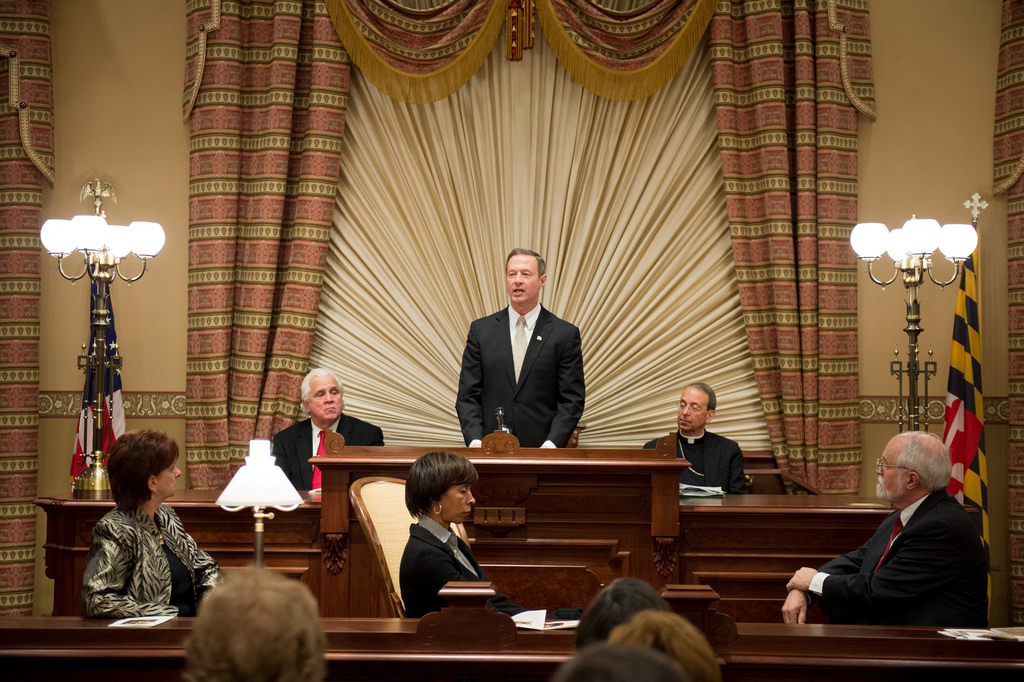17 ways to wow your audience with better public speaking
Men aren’t known for multitasking. But I gave it a shot yesterday, listening to a talk by Michael Port on my phone while jog-trudging around Sydney Olympic Park.
Michael Port is a world authority on public speaking, and author of Steal the Show. He shared 50 tips to improve speeches and talks. Here are my favourite 17, paraphrased for your reading pleasure:
- Structure your talk using strong contrasts. Create powerful contrasts to engage through stories (e.g. exuberant, tragic), slides (colour, content, images), and your voice (volume, rate, pitch, tone). For more tips about how to structure and write strong talks, check out our article on TED talk writing here.
- Show or tell people why you care about your topic, even if it makes you uncomfortable. People want to know why you are so passionate. If you don’t know, why are you talking about it?
- Don’t point too much: it can come off as aggressive. Instead, use open palms, facing up. For more on body language, click here.
- Stand to land: don’t walk around the stage when you’re making key points. Most of the time it makes sense to deliver your most important point from centre stage.
- Don’t turn your back on your audience, unless you’re making a special point by doing so. It breaks your connection with your audience – they should be looking at you, not your slides.
- Don’t start your talk with “Happy to be here”. It’s not as if you could say you are unhappy – even if it were true!
- Use stories, but only when relevant to your message. Cut out irrelevant material – even if it’s hilarious or showcases your genius. Educate and persuade, don’t show boat.
- When telling a (relevant) story, use your normal voice. Some of us – I’m guilty! – lapse into a special fireside or confessional voice when telling a tale. Strive to sound conversational, even if you have to practice your head off to sound “natural”!
- Give your audience time to absorb key or difficult points and help them to connect the dots between ideas – even if it means cutting down the amount you try to cover. Don’t try to shoehorn everything you know into a single talk.
- Don’t apologise for the time you don’t have. If you have 20 minutes to talk, talk for 20 minutes and get off. If you say “I wish I had more time”, your audience is going to think they’ve been short changed.
- Don’t debate audience members during your talk, it saps your authority. If confronted by an “expert” eager to show off, get them onside, even if you have to stoop to flattery.
- In a crisis, you are less likely to rise to the occasion, than to fall back on your training. This is an old military adage. Rehearse, rehearse, rehearse for important talks. What can go wrong, will, so be prepared.
- Speak at your natural speaking rate, but use more pauses. Regular readers will know I’m a huge fan of the deliberate pause between points. Silence is a surprisingly powerful speaking technique.
- Use idioms and popular culture references carefully. Before you start talking about jumping on bandwagons, counting your chickens, sonic screwdrivers or unanticipated Spanish Inquisitions, stop and think. Don’t assume everyone will know what you are talking about – especially if you are talking to people of different ages or from different cultures, and especially if you’re a sci-fi geek (guilty again!).
- [Alert: self-serving tip] If you have physical problems speaking in front of groups – e.g. with your breathing, speech clarity or voice – seek professional help from someone trained in speech and voice. Ahem.
- After you finish your talk and people start clapping don’t try to add any “final thoughts”. Last impressions matter.
- Great presenters speak to the head, the heart and the gut. Don’t just talk about ideas and concepts. Talk about people, relationships and concrete objects. Show people what’s possible if they take your advice and act on it, as well as what’s likely to happen if they don’t.
Key source: Port, Michael. (2016). 50 Ways to Wow your Audience. Get it here.
Image: http://bit.ly/22UeQsh

Hi there, I’m David Kinnane.
Principal Speech Pathologist, Banter Speech & Language
Our talented team of certified practising speech pathologists provide unhurried, personalised and evidence-based speech pathology care to children and adults in the Inner West of Sydney and beyond, both in our clinic and via telehealth.





